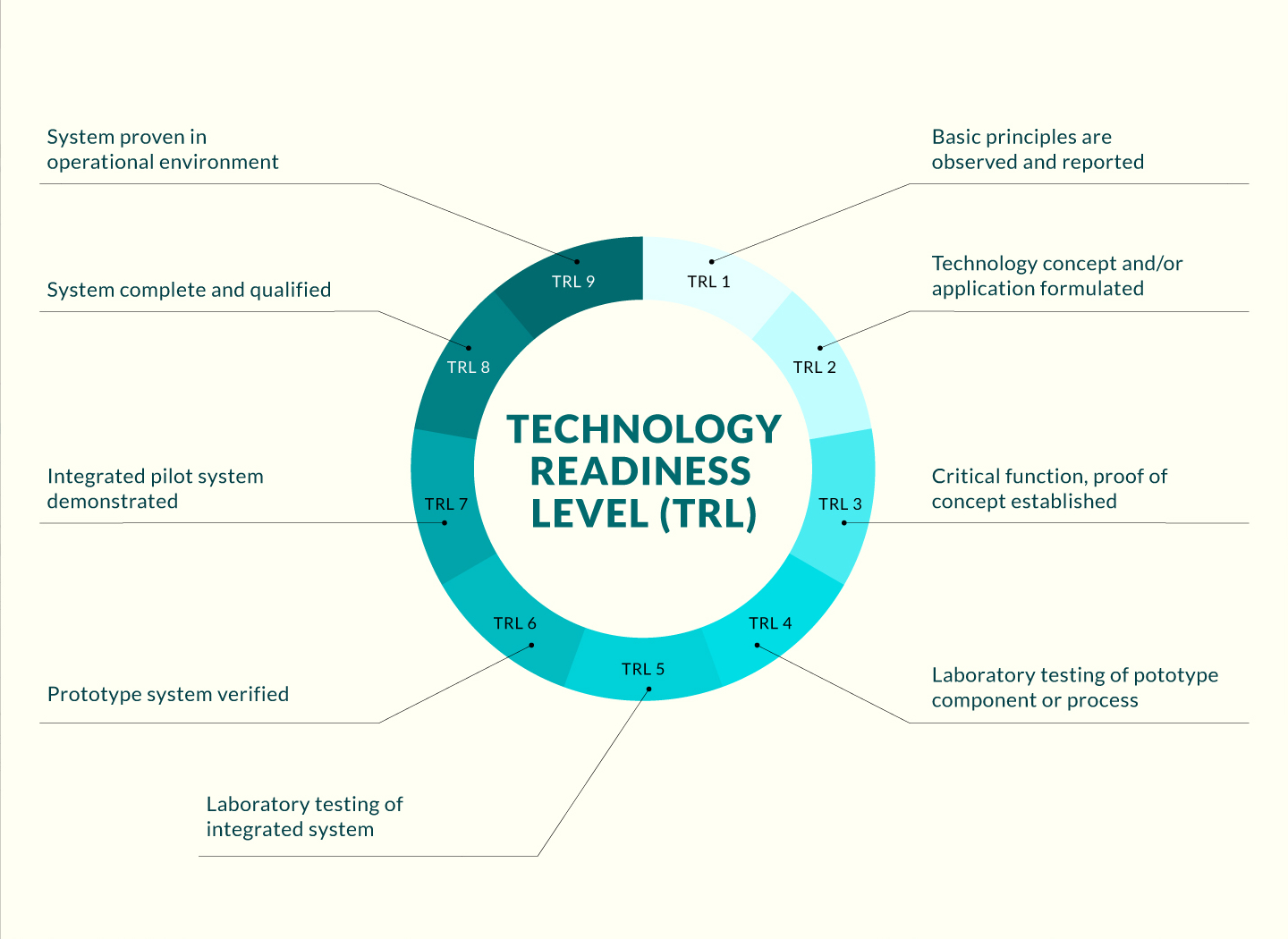
Opportunity
Long-haul submarine communication cable systems using low-loss optical fiber are critical to international data transmission, carrying 99% of global data traffic. Governments, corporations and telecom operators rely heavily on submarine cables to transmit data worldwide. However, these cables are vulnerable to natural disasters and man-made accidents, leading to >100 cable failures per year. The interruption of submarine cables may have severe economic and social consequences.
The design of reliable, cost-effective submarine cable systems currently relies on the subjective judgments of planners, who use software and data from various sources to draw an initial path from a start point to an endpoint. They determine the final route by comparing the initial path with alternatives. However, given time and resource constraints, planners cannot consider all available paths or factors that may affect cables’ cost and resilience. It is necessary to develop a method of planning submarine cable paths that addresses these shortcomings.
Technology
The invention provides a novel method of determining the best route for a submarine cable between two points in a target region on the Earth’s surface. It involves creating a two-dimensional map of the area based on geographic information on the region; considering risks and costs; and finding the best balance between these factors. The map is further refined by considering the terrain, marine protected areas, and volcanic activity, and the best route for the submarine cable is chosen based on these considerations.
More specifically, the method considers cost factors such as the length and location of the submarine cable and security arrangements in areas where the submarine cable is to be laid. It considers risk factors arising from potential hazards to the submarine cable path, including earthquakes. Finally, an optimal submarine cable path connecting the two points is identified by simultaneously minimizing cost and earthquake risk.
Advantages
- Compared with existing practice, which relies on planners’ subjective judgments, the invention provides a more cost-effective and reliable path planning method for determining optimal submarine cable paths that minimize breaking risk and cost.
- By considering and optimizing multiple factors related to terrain slope, marine protected areas, and volcanic safety constraints, the invention offers much greater design flexibility than submarine cable routing performed by experts.
- Compared with existing practice, the invention can enhance the resilience of submarine cables by incorporating a risk function based on peak ground velocity.
Applications
- Submarine cable path planners. In practice, the optimized Pareto optimal submarine cable paths obtained using the novel method may serve as references for comparison and benchmarking by submarine cable path planners in their path planning.
- Telecom operators can utilize the invention to plan and implement optimal submarine cable paths for international data transmission.
- Governments can employ the invention to enhance communication infrastructure by deploying optimized submarine cable paths.
- Content providers can benefit from the invention by establishing reliable submarine cable connections for more efficient transmission of their content.
- Research institutes can leverage the invention to enhance data transmission for research collaboration across regions.








